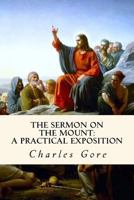The practice in proceedings in the probate courts: including the probate of wills ... : with an appendix of practical forms, designed for the use of ... others having business in the probate courts.
Select Format
Select Condition 
Book Overview
No Synopsis Available.
Format:Paperback
Language:English
ISBN:1240064950
ISBN13:9781240064953
Release Date:December 2010
Publisher:Gale Ecco, Making of Modern Law
Length:378 Pages
Weight:1.48 lbs.
Dimensions:0.8" x 9.7" x 7.4"
More by Charles Gore
Customer Reviews
5 customer ratings | 4 reviews
There are currently no reviews. Be the first to review this work.











































